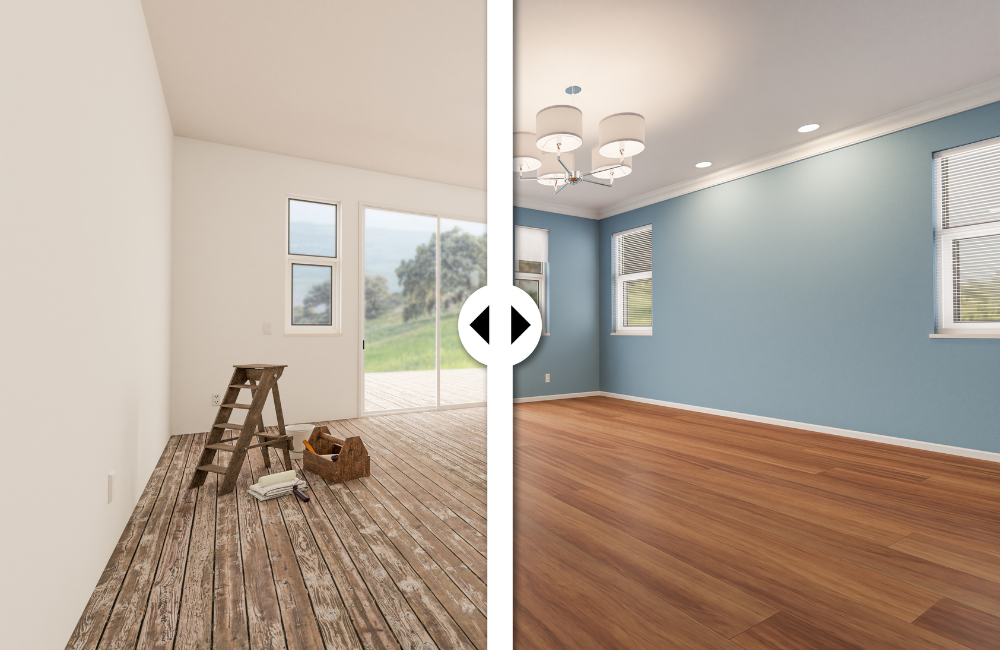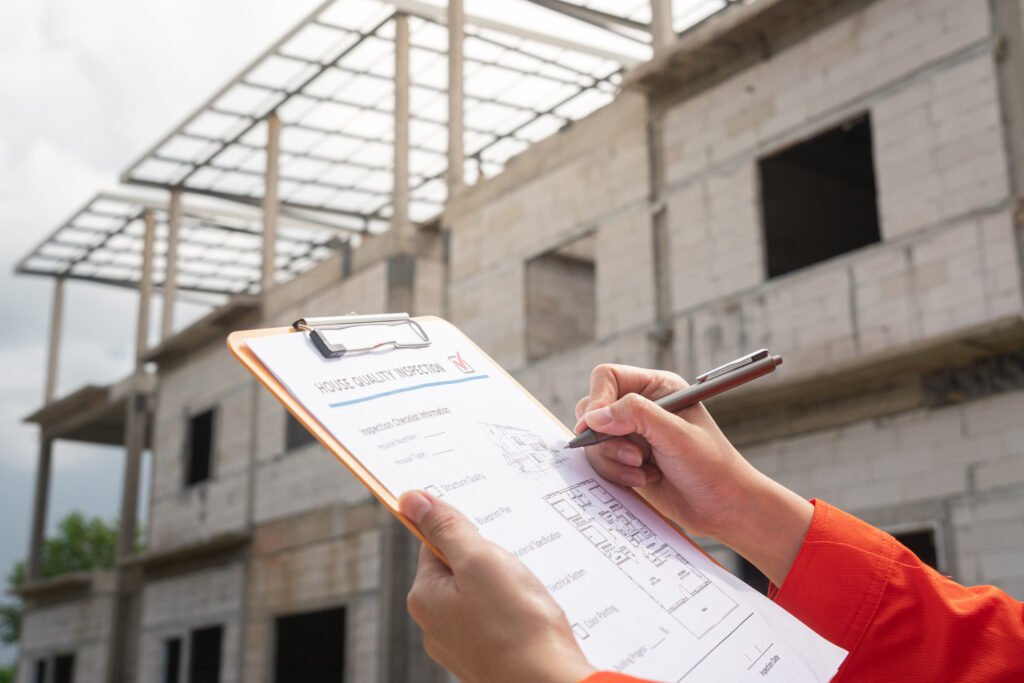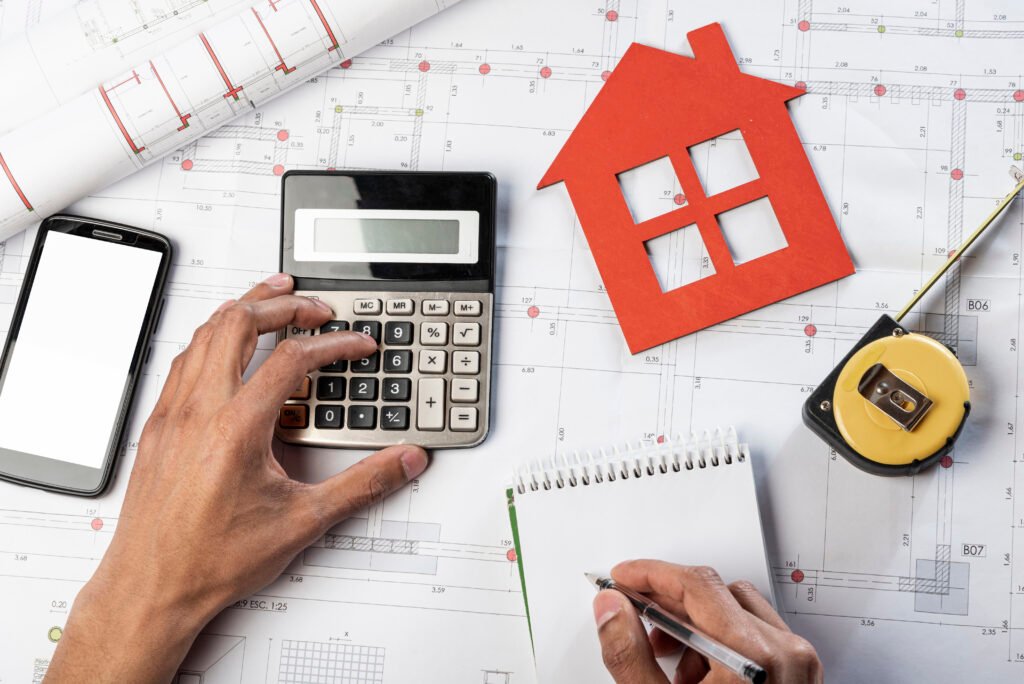A Step-by-Step Guide for Home Renovation: The Complete Cheatsheet

We often find homeowners using ‘renovation’ and ‘remodel’ interchangeably. However, these two terms are a lot different from each other. Renovation encompasses more cosmetic changes, like changing plumbing fixtures or appliances, whereas remodeling deals with structural changes.
Homeowners usually stick to renovation works because of these three benefits-
- Renovation helps enhance the valuation of the concerned property.
- It helps make your interiors more comfortable, energy efficient, and hence, contributes to improvement in the overall quality of living.
- Renovation helps inject your personal style into your home. This, in turn, creates a space that feels like your own!
That being said, renovation works can get really expensive if you haven’t planned them properly. And therefore, to help you out, we at HomeImprovementIdeaz have created this home improvement step-by-step guide. This will help you make an informed decision and save time and money in the long run.
Let’s explore this blog till the end to learn more.

The Home Renovation Checklist You Should Follow
The scope of renovation work is substantial. Sometimes, it involves as small as modifying a single bedroom or bathroom. Sometimes, it may involve repairing the whole house.
Whatever it might be, there has to be a proper plan to do it the right way. So, here is our complete guide for house renovation that can help you throughout the whole process-
1. Inspect Your Home and Assess the Needs
The first step always starts with assessment. Therefore, make sure to thoroughly inspect the existing condition of your home. This will help you sort out things that are working and things that need to change. Identify specifically the areas that need improvement, and jot them down in your notebook or Keep Notes.

The inspection and assessment might sound like easy tasks. But, in reality, they are more crucial than the renovation work itself! Why? Because the initial inspection is what helps define your renovation goals effectively. Also, while inspecting, ask yourself what changes you need the most. It might be an overall increase in functional space, or improved energy efficiency, or a total replacement of the HVAC system.
This way, the entire renovation won’t just seem less challenging, but you’ll also start to have a better idea of how home renovations can be planned. And to make the process more convenient, here are some effective tips to draft a solid plan for your home renovation.
2. Determine the Budget
Once you’re done with the initial inspection and assessment, it’s time to determine the most important thing- your budget! Where most people go wrong is that they don’t estimate their budget for the work. This approach, in a majority of time, fails to meet their expectations as things can add up pretty quickly during renovation.

What you need to learn is to prioritize your expenses according to your fixed goals. For instance, if you want to replace the HVAC systems, you should allocate enough funds for that work, rather than plumbing fixtures or bedroom renovation. This is one of the best house renovation guides that can prevent you from experiencing financial pitfalls. Not just that, but this can also keep your project on the right track and help you achieve your dream space without exhausting your savings.
3. Hire Professional Contractors and Designers
Whether it’s home renovation or home remodeling, going DIY is not a good idea, unless you consider yourself Bob the Builder! Why so?
That’s because such kinds of jobs are complex and also come along with a lot of safety hazards. Added to that, these jobs require specialized skills that only professional contractors and interior designers are adept at. Hence, going for professional help is a smart investment

But, before you hire professionals, make sure to check whether they have experience in similar projects or not. Apart from that, don’t forget to take a look at their portfolios, check their license and insurance, and assess their communication. Remember, the right contractors and designers can pull off renovation works without any unnecessary hassle or delay.
4. Familiarize Yourself with Building Codes
While you’re busy looking at our home renovation planning guide, are you aware of the concept of building codes? Well, that’s a crucial part that many homeowners overlook, for which they might have to face unnecessary delays in the project.

Familiarizing yourself with building codes means you’re aware of the local/zonal regulations. For instance, in many localities, building codes allow only professionals to handle renovation or remodeling work. So, before any renovation work begins, make sure to check the municipal office and learn what your building code requires.
Hiring contractors in this situation might add some costs to your alley. But, at the same time, you won’t have to face the hassle of getting the permits sanctioned. The contractors would be more than happy to do that for you!
5. Create a Realistic Timeline
Lastly, if you’re too reluctant to create or plan a definite timeline, your home renovation process is going to stretch, and eventually, break your bank! How so?
Well, delays and issues are some natural consequences that you have to face while renovation works. The building materials might just go out of stock. Issues could arise during the demolition. Or, there might be a huge virus outbreak like what happened back in 2020!

Whatever it may be, our point here is that a definitive timeline helps keep the entire project on track. So, sit with your contractor and discuss a thorough estimation of the project deadline, including the delays. This will help minimize downtime and retain the momentum of the project. Also, don’t stick rigidly to the timeline as well! Make room for some flexibility to ensure that your home renovation work is completed efficiently.
Tip: Want a seamless home renovation without having to face any unnecessary hassle? Here are some great tips that can help streamline your home renovation.
Modern Home Renovation Guide: Tips and Hacks for Success
Even if you’re adhering to the aforementioned checklist, there’s no guarantee that you’ll get your desired results. So, here are some tips and hacks that can help you maximize the success of your renovation project-

- Communicate your vision clearly
If you do have some home remodeling ideas/renovation ideas of your own, make it a point to define your vision to the contractors clearly. Whether you’re planning to enhance the aesthetics or just want to increase the property valuation, make it crystal clear from the very first. Once you start to visualize the result, you can steer clear of confused executions effectively.

- Never compromise on materials
We understand that it’s very tempting to cut costs, as it helps save a lot! However, you have to be judicious enough to understand that subpar materials might have long-term consequences. So, never compromise on quality materials and skilled labor. This significantly reduces the chances of future maintenance costs.

- Have a buffer fund ready
Setting a specific budget is one of the best ways to home renovation. But do you know what’s even better? Having a buffer fund ready, just in case some disruptions turn up! It’s like a shield that can protect you from financial panics and make sure that your project doesn’t get derailed in the middle. Also, sort out your ‘must-haves’ and ‘nice-to-haves’ to stay well within your financial limits.
- Think about the future rather than the present!
While renovating your house, don’t think about the present. Instead, try to think about what the future holds. For instance, think about how the renovations will affect your home’s long-term valuation. Besides that, think about how your needs and preferences may change over time, and choose to renovate your space in a way that can adapt to your future vision seamlessly.

Plan, Strategize, Implement: Your Complete Guide to Home Renovation
If you’re worried about your house renovation planning guide, remember the ‘PSI’ rule-
P– Plan
S– Strategize
I– Implement
And surprisingly, you’ll see that you’ve steered clear of a majority of the hassles that 90% of homeowners face. Along with it, you can also achieve your desired results, and finally have a home that you can proudly boast to be ‘yours!’
So, what are you waiting for? Adhere to our simple home renovation guide, and start creating your dream home today!
Frequently Asked Questions (F.A.Qs):
- What is the first step in planning a home renovation?
The very first step is to define your vision and communicate it to the contractor. This involves a thorough assessment of your current home’s needs and understanding why you want to renovate- for aesthetics, functionality, or to increase valuation.
- In what order should I renovate my house?
The usual renovation rules suggest you go “top down and back to front.” What this means is, you should address major structural, electrical, and plumbing work first. After that, comes insulation, drywall, flooring, painting, and finally comes the fixtures.
- When not to renovate a house?
You should avoid renovation if you’ve plans to sell your house soon . Along with that, you should also not plan to renovate if you’re finances are unstable, and you cannot comfortably afford a buffer fund for unexpected expenses.
- Do you renovate walls or floors first?
You generally renovate walls first before installing new floors. This helps prevent damage to new flooring from dropped tools, paint spills, or heavy equipment during wall work. Flooring is usually one of the last major installations in a renovation work.
- Do I need permits for home renovation?
Yes, indeed! For the most significant home renovations, you will require state permits. This includes projects that involve structural changes, alterations to plumbing or electrical systems, additions, or major layout changes.
![]()

As a lifelong DIY enthusiast, Alex Barton is never afraid to go the extra mile to save a few bucks! From seamless interior decor hacks to effective DIY home renovation tips, he shares a myriad of his experiences for you to unleash your creativity.



















